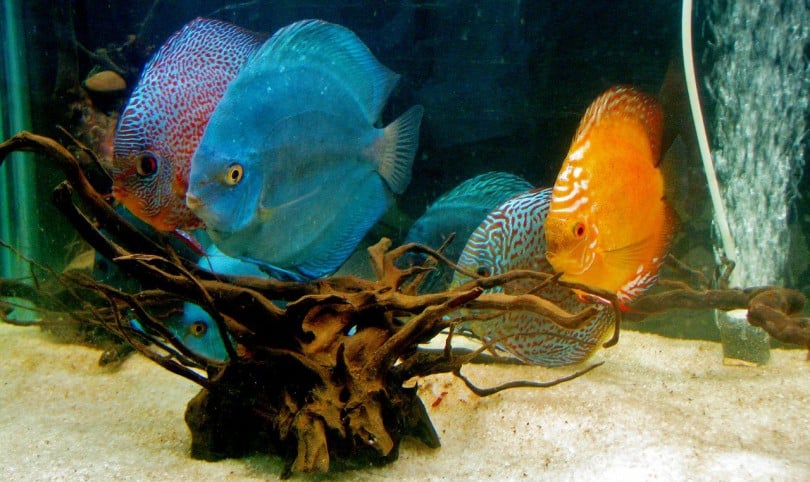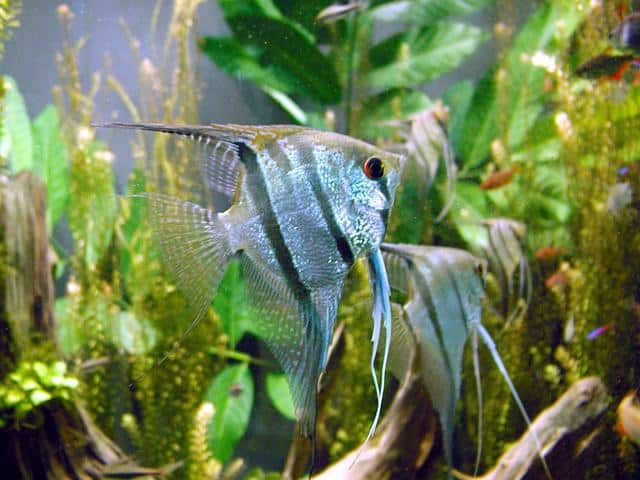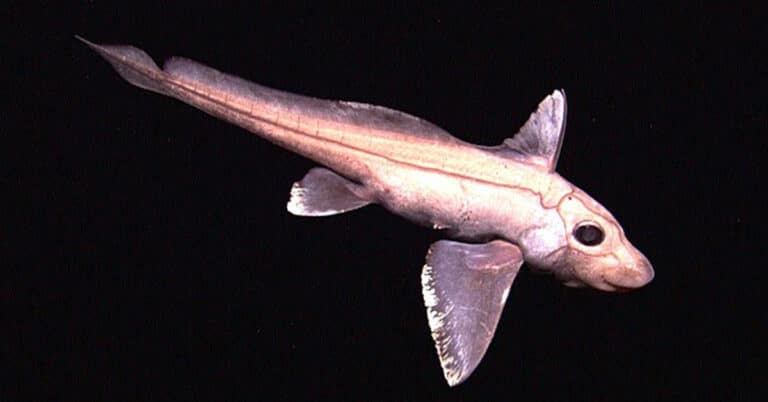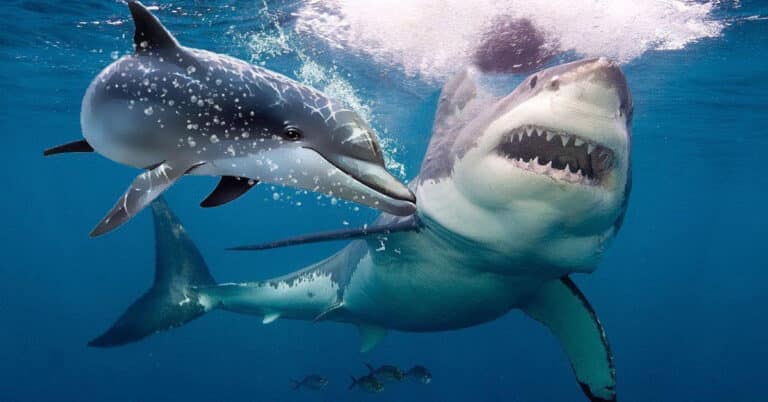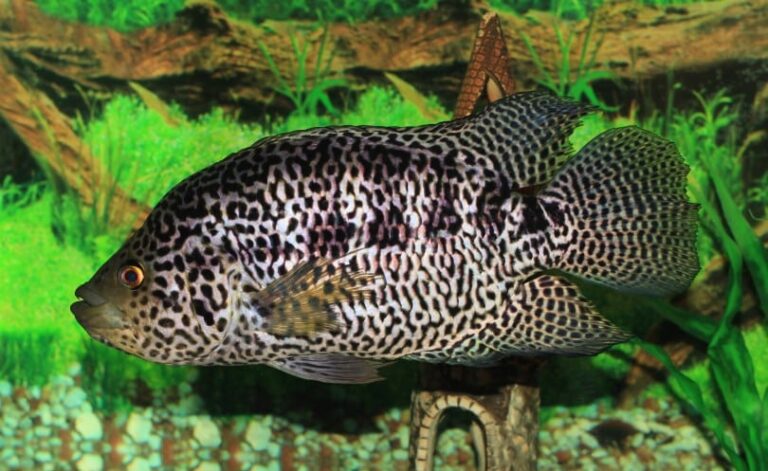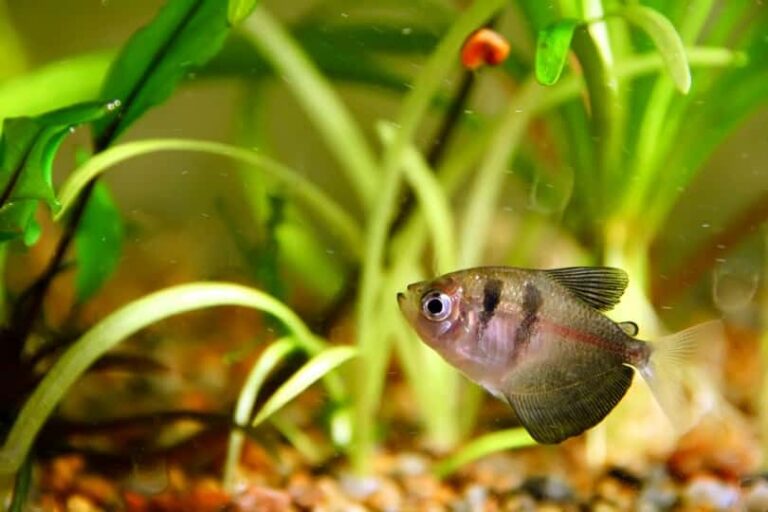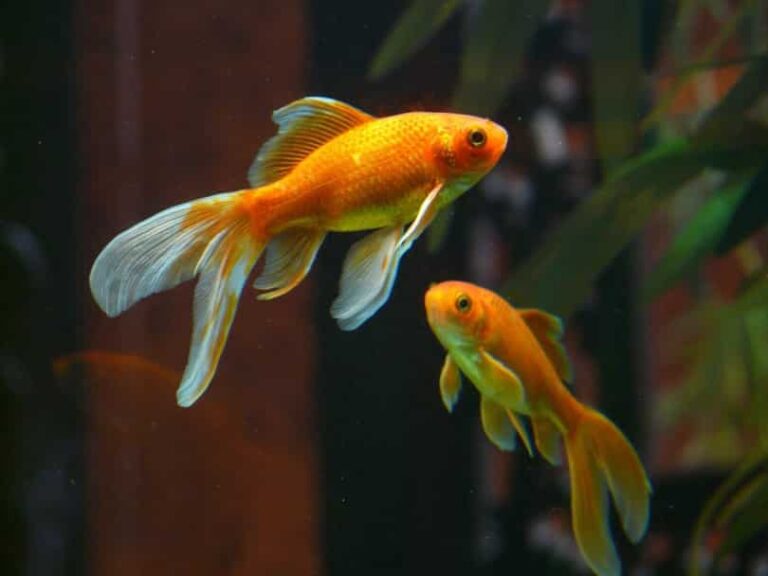Discus Fish
Scientific Classification
| Kingdom: | Animalia |
| Phylum: | Chordata |
| Class: | Actinopterygii |
| Order: | Piciformes |
| Family: | Cichlidae |
| Subfamily: | Cichlasomatinae |
| Tribe: | Heroini |
| Genus: | Symphysodon |
Discus Fish, scientifically termed Symphysodon, is a species of Cichlid fish group that belongs to the Cichlidae family. The other synonym for this fish is Pompadour fish, and it is a very popular species among pet fish lovers. The fascinating bright color displayed by this genus is the most amazing aspect of keeping them as pets. They are the inhabitants of the rivers of the Amazon Basin and can be found in distinctive shapes and forms. They grow to about 6.5 inches in body length and has a round-shaped compressed body. They attained the name “Discus” due to this unique shape. Their sides are shaded in red, blue, green, and brown. The aquaculture of Discus Fish is a successful industry in many countries of Asia.
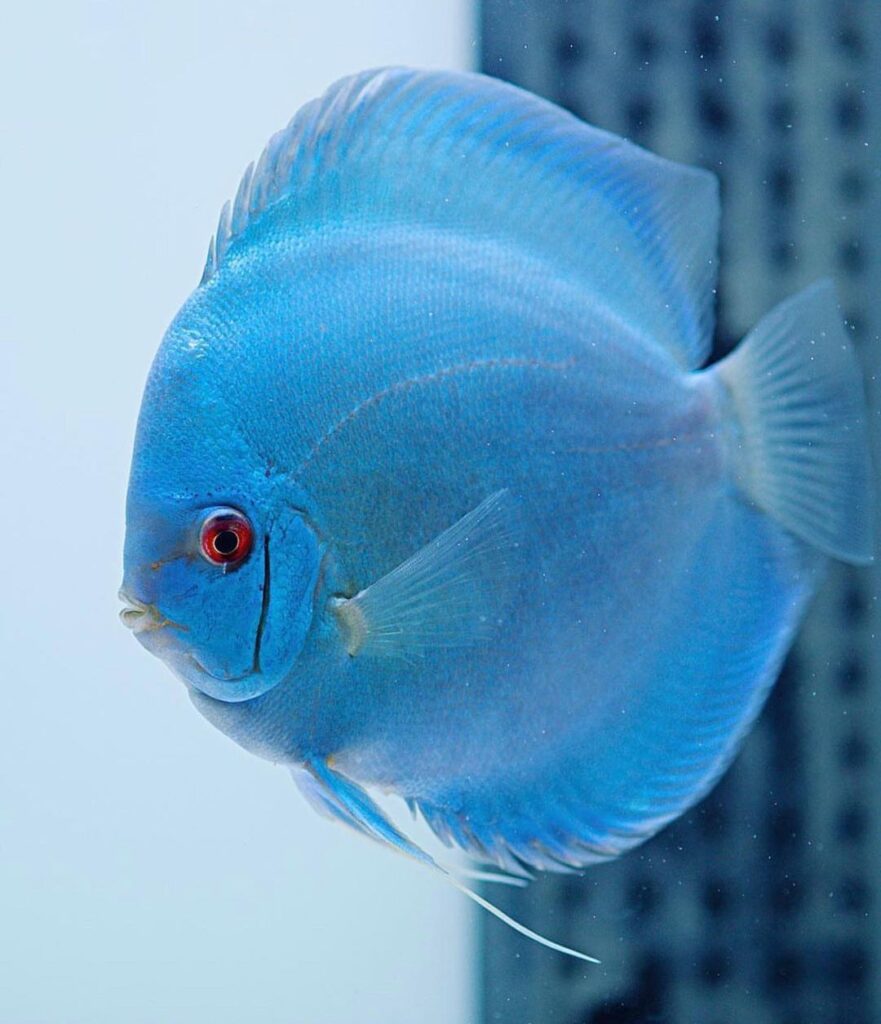
Distribution and Habitat
This Symphysodon species are mainly found in the Amazon Basin Rivers and the edges of the floodplain of Amazonia lowland. The other 3 types in the same species inhabit different regions like Brazil, Peru and Colombia.
Reproduction
The Discus Fish shows Aggressive behavior when they are sexually mature. The male and the female look very similar; hence recognizing their sex is very difficult. Before spawning, they too indulge in courtship, and select a site that will then be cleaned by them. After mating, the female Discus fish lays eggs on the leaf surface or on any surface that they have cleaned before spawning. The male fish fertilizes the eggs and those eggs hatch after 48 hours. The parents show their care to the young ones since they are inside the eggs, by fanning, cleaning and guarding those eggs. Once the eggs hatch, the fry will not swim or eat for another 3 days. After they start to swim, the parents feed them with mucus like substance that is secreted from the parent’s skin. They feed on this substance for at least 2 to 3 weeks.
Types
The Discus fish can be found more than 13 types like Neon Blue Discus, Ocean Green Discus, and Royal-Red Discus etc. Some of the types described are-:
White Discus
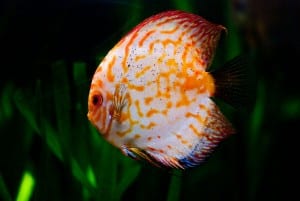
It is a beautiful fish with a white colored body. It is a captive-bred species originating from Malaysia. It attains a maximum size of around 8 inches and is basically carnivores in nature,
Snakeskin Discus
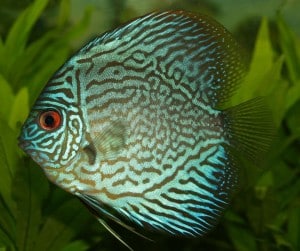
This fish has a red base with blue designs on the body, and it attains a body length of around 8 inch. It is a farm raised species in the Malaysian region.
Red Marlboro Discus
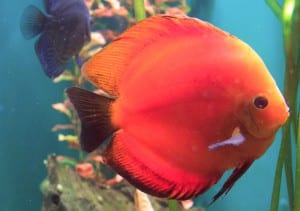
This fish species is preferred by the pet lovers due to its brilliant red colored body. To add the beauty, the color of the face is yellow and the dorsal fins have blue stripes.
How to Breed at Home
Food
Similar to the other fishes, they should be provided food in small quantities around 4 to 5 times. In this fish species, the juveniles eat more than the mature fish. There is a lot of variety food available for this species like Hikari Discus Bio Gold, Frozen Dried Blood Worms, Tetra Bits and Ants.
Water
The water condition should be similar to that of their original habitat. The water temperature, hardness, salinity and mineral level should be regularly checked. The required pH level is between 5 and 6.5. The required temperature for this species should be 82 to 86F. The softness of the water should be between 3 and15 dH.
Tank
This species should be placed in a tank that has a minimum size of 50gallons and should accommodate 3 to 4 other fish. There should be gravel or rock substrate inside the tank. Hardy plants can also be placed inside to give a natural habitat look. These fish require water filters to stay healthy in the tank environment.

Having discovered a fondness for insects while pursuing her degree in Biology, Randi Jones was quite bugged to know that people usually dismissed these little creatures as “creepy-crawlies”.

